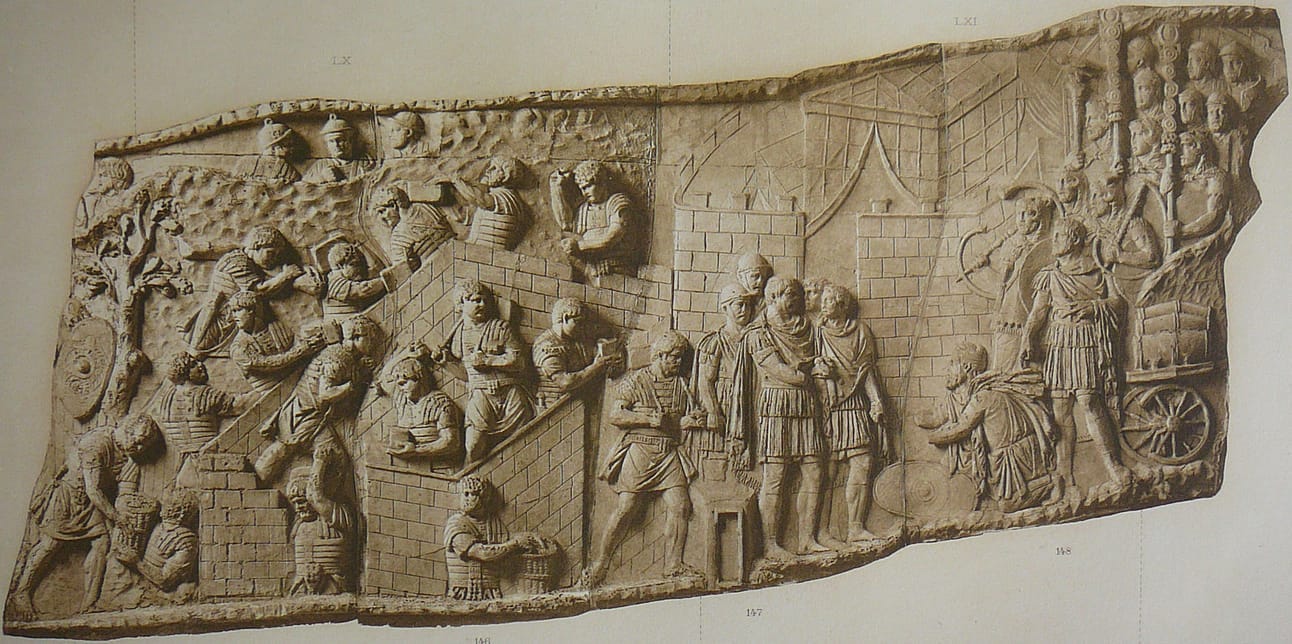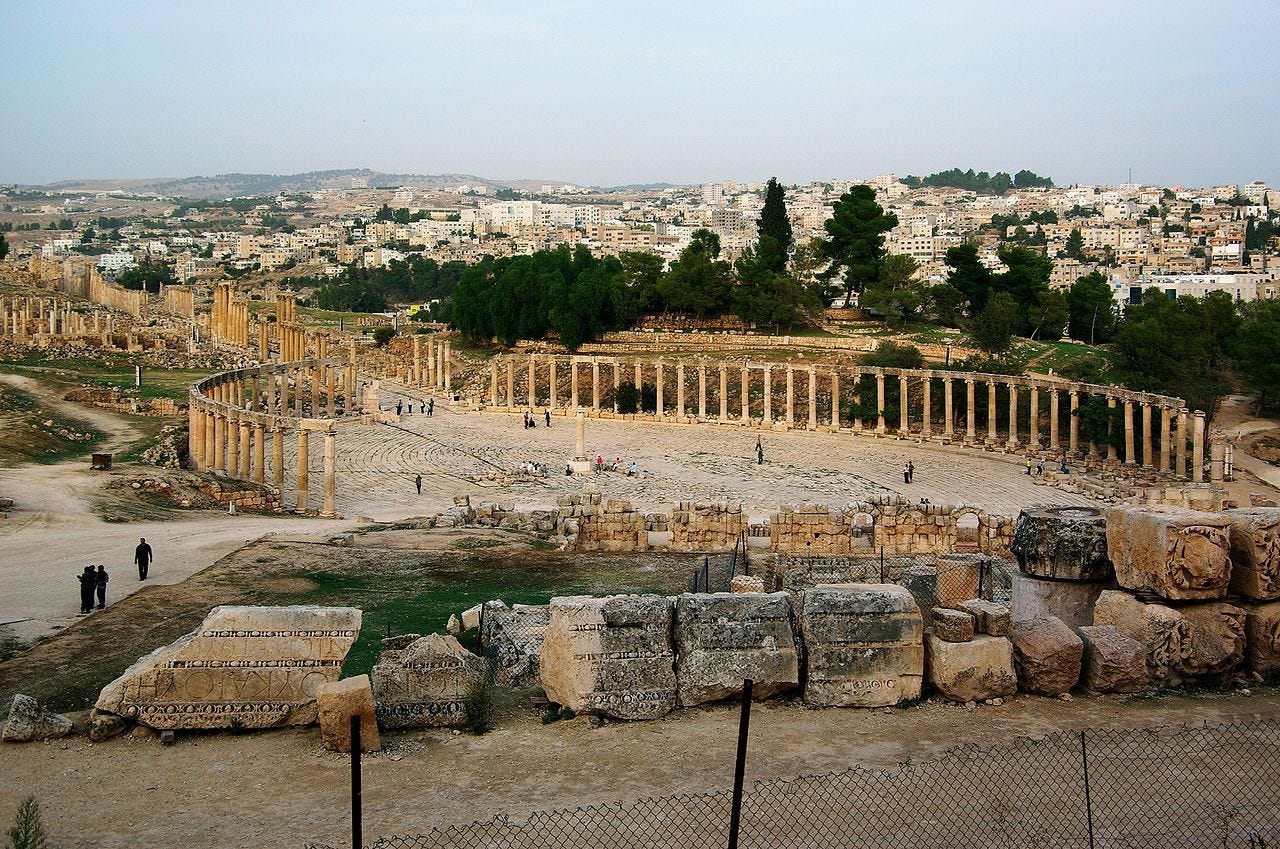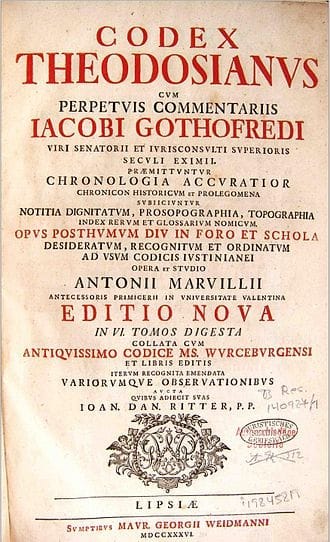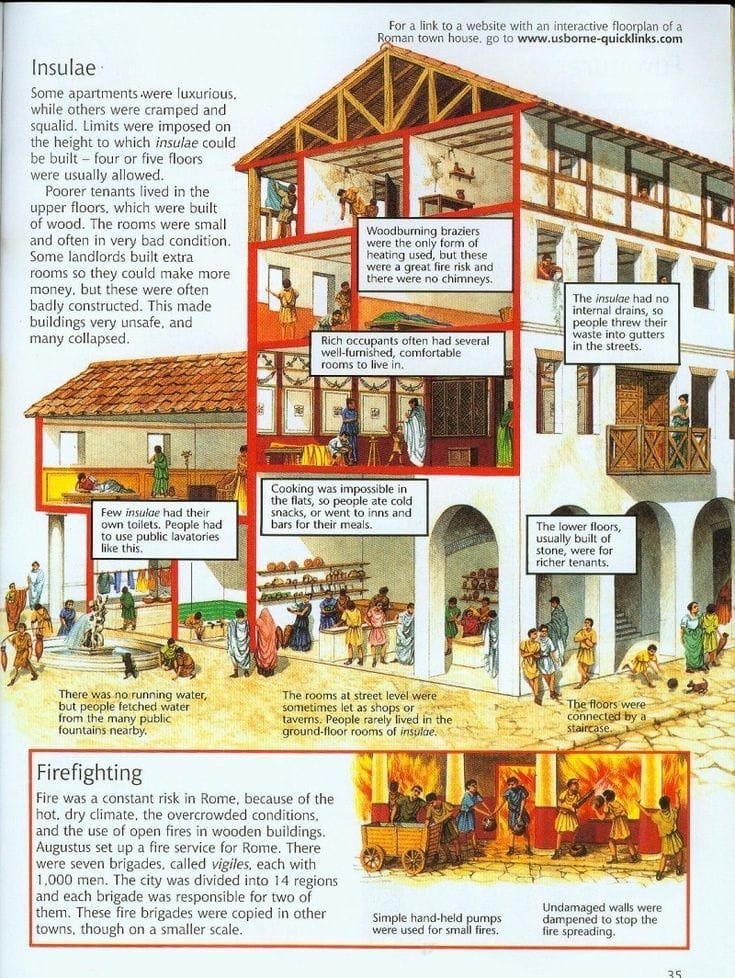The Roman Empire Never Died—We’re Living in It
Rome collapsed as an empire, but its systems endured—embedded so deeply in our world that we no longer see them, only the world they built.
Table of Contents
The Roman Empire didn’t just conquer lands—it built the world we live in today.
By 100 A.D., its citizens enjoyed running water, heated floors, and public libraries—while much of the world lived in huts.
Here’s how ancient Rome shaped our modern civilization 🧵⤵️
In today’s newsletter, we’re exploring how ancient Rome shaped the foundations of our modern world—from engineering feats and urban planning to infrastructure and daily life. In the premium section, we dive deeper into the art and culture of the Roman Empire, tracing its influence on everything from architecture to visual storytelling. We also take you on a journey across the legendary Seven Hills of Rome.
Imagine walking through a city and realizing that almost everything around you—roads, buildings, water systems, even the calendar on your phone—has roots in one ancient civilization. The Roman Empire didn’t just conquer territories. It built systems. And those systems shaped the world we live in today.
Forum of Gerasa (Jerash in present-day Jordan), with columns marking a covered walkway (stoa) for vendor stalls, and a semicircular space for public speaking. Photo by Berthold Werner - Own work, CC BY 3.0.
Let’s start with Roman concrete. They didn’t invent it, but they made it nearly immortal. Their trick? Mixing volcanic ash with lime. It created a material so strong that buildings like the Pantheon are still standing after 2,000 years. Modern engineers are still trying to figure out why it hasn’t cracked like our concrete does.

Now think about roads. Rome built over 250,000 miles of them. Straight, solid, and layered, their roads connected the empire from Britain to Syria. These weren’t just paths—they were the arteries of an empire. And their design? It influenced the way we build highways today.

Their mastery of the arch changed everything. Before Rome, most structures relied on straight beams that couldn’t handle much weight. But the Roman arch distributed pressure outward and downward. That’s why they could build aqueducts across valleys, massive bridges, and the Colosseum. The arch made architecture stronger, faster, and more efficient.
Speaking of aqueducts—those were miracles of engineering. Gravity did all the work. Water traveled from mountain springs across dozens of miles into cities, all without pumps. Rome’s population could grow because fresh water flowed into homes, baths, and fountains with incredible precision.
They didn’t stop there. Romans harnessed river power using watermills. Grain production got faster and more efficient. They used the same tech to power workshops. It was a quiet industrial leap—centuries before the steam engine.
Comfort mattered too. Roman villas had central heating. The hypocaust system sent warm air under the floors and through walls. Bathhouses and homes stayed toasty even in winter. It was the ancient world’s version of underfloor heating—long before thermostats and radiators.
They also changed how people stored knowledge. Scrolls were fragile and awkward. So they switched to the codex—a bound book of stacked pages. Easier to carry, easier to reference. That shift shaped how books are made to this day.
And believe it or not, they had newspapers. The Acta Diurna—“Daily Acts”—were carved in stone or metal and posted in public places. Legal notices, military updates, market news. That was their version of mass communication, long before ink met paper.
Then there’s the Julian calendar. Introduced by Julius Caesar in 45 BC, it was one of the first attempts to standardize time. Months got fixed lengths. Leap years got added. And the structure? We still use it today, just slightly adjusted by the Gregorian reform.
Roman doctors also led the way in battlefield medicine. They had surgical tools, triage procedures, and even pain management techniques. Military hospitals treated wounded soldiers with surprising efficiency. It laid the foundation for modern emergency care.
They also cared about poverty. Rome’s Annona system distributed free grain to the poor, especially in cities like Rome. It kept people fed, prevented riots, and acted as a safety net. A primitive welfare system, but effective.
Urban life demanded density. So they built insulae—multi-story apartment blocks made of stone and wood. They weren’t always safe (fires were a risk), but they packed thousands into neighborhoods. In many ways, they were early models of apartment buildings.
Rome even figured out firefighting. Their Vigiles weren’t just watchmen—they were a city’s first responders. When fires broke out in the tightly packed neighborhoods of Rome, they rushed in with tools, water buckets, and even chemical fire suppressants. That was the birth of organized fire departments.
And finally, they brought light indoors. Romans were among the first to use glass windows. Not just for decoration—but to let in sunlight while keeping out wind and rain. It was a simple innovation that transformed architecture.

So, here’s the thing. Rome fell. But its ideas never did. We still drive on their roads, live in their style of housing, heat our homes with versions of their systems, and organize our time using their calendar. Makes you wonder: have we advanced? Or are we just continuing what they started?
“The measure of a leader is not the number of people who serve him, but the number of people he serves.”
Seneca
Art
Keep reading with a 7-day free trial
Subscribe to The Culture Explorer to keep reading this post and get 7 days of free access to the full post archives.








